WIESBADEN, Germany - Flames burst from an aircraft's fuselage. Clad in silver suites and oxygen masks, firefighters rush in from a nearby airfield fire truck to douse the flames with retardant and rescue any crew members caught inside.
But today, the firefighters are really trainees. And the fire is actually regulated by a nearby control tower.
This scene is just another exercise that will await fire-fighting trainees once the new $3 million facility on Ramstein Air Base is completed in 2010. The future facility's construction, being managed by the U.S. Army Corps of Engineers Europe District, will provide realistic training via a mock aircraft to the U.S. Air Force's in Europe Fire Training School.
Unlike others of its kind, this liquid gas fired training facility has some unique aspects constructed into it, according to Bernhard Ochsenreither, the project engineer out of the district's Ramstein Resident Office.
For one, the mock-up is a combination of both a C-130 and C-17. One wing of the aircraft has a propeller engine as the C-130 does, and the other wing has the jet engine of a C-17. Additionally, the aircraft has full wings whereas many mock-ups cut off portions of the wing.
"We're trying to give these firefighters the most realistic situations as possible," Ochsenreither said. "This facility will give them the ability to exercise different scenarios on a realistic airplane - engine fires, cockpit fires, full-scale fires - you name it."
And along with the aircraft, a control tower will be constructed nearby, which will help generate and control the burn. From there, trainers can control the intensity of the fire and also shut it off if need be, said Lynn Anderson, the district's project manager.
Although an unusually cold and long winter temporarily halted construction, contractors, USACE employees and everyone else involved sped up construction to keep the project on track, Ochsenreither said.
Ramstein is the regional training center for USAFE firefighters, Anderson said.
"Right now, firefighters are being trained in theory and classroom settings, eliminating their ability to properly prepare and increase their skills in real world fire incidents," he said. "Without a live situation, there is no way training them on how to react in the high heat, stressful environment they will be placed in when required to perform rescue operations."
The lack of a facility impacts their ability to provide fire protection and rescue services to the Kaiserslautern Military Community, USAFE and numerous forward deployed locations protected by USAFE firefighters, Anderson said.
Ramstein's previous fire training facility did not meet training standards and was demolished under a NATO ramp project more than 10 years ago. The facility was never replaced.
The only suitable locations to conduct adequate training within USAFE are at the Frankfurt International Airport and Sigonella Air Station in Sicily. The cost to send the more than 1,200 firefighters TDY for training required almost $2 million annually.
Construction kicked off in November 2009 and officials expect the facility to be completed by the end of 2010. The $3 million facility is just one of roughly $145 million in projects the Corps of Engineers is managing for the U.S. Air Force, said Scott Deetz, resident engineer of the Ramstein Resident Office.
"This new facility will help firefighters get the training they need to not only save the lives of others, but also help preserve their own lives in dangerous situations," Deetz said.
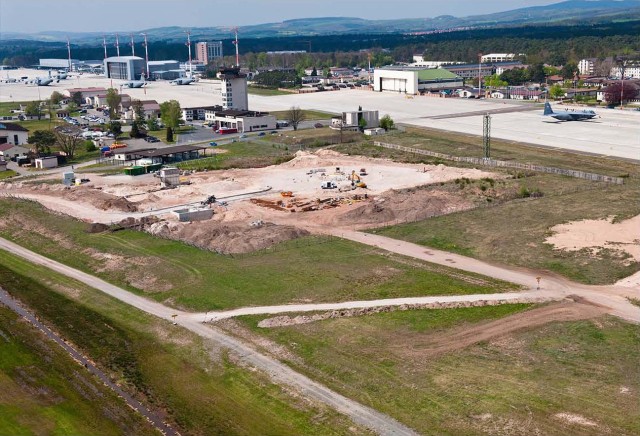
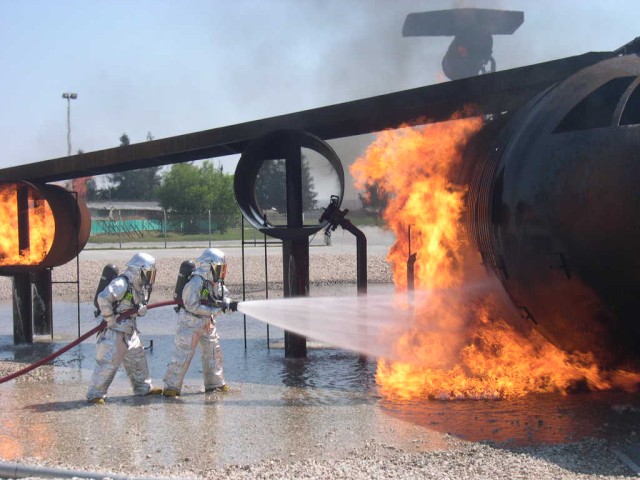
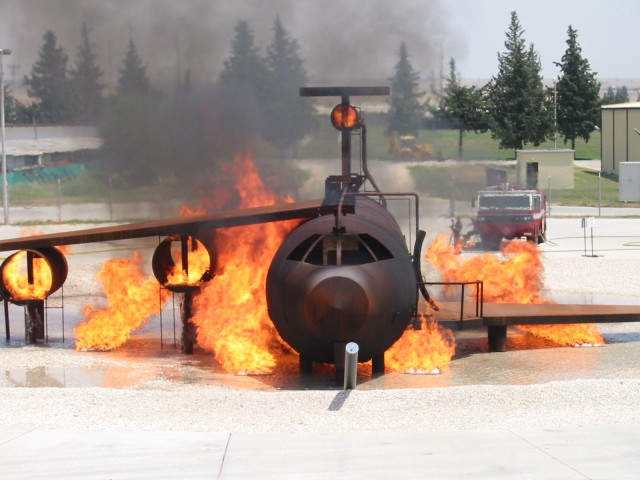
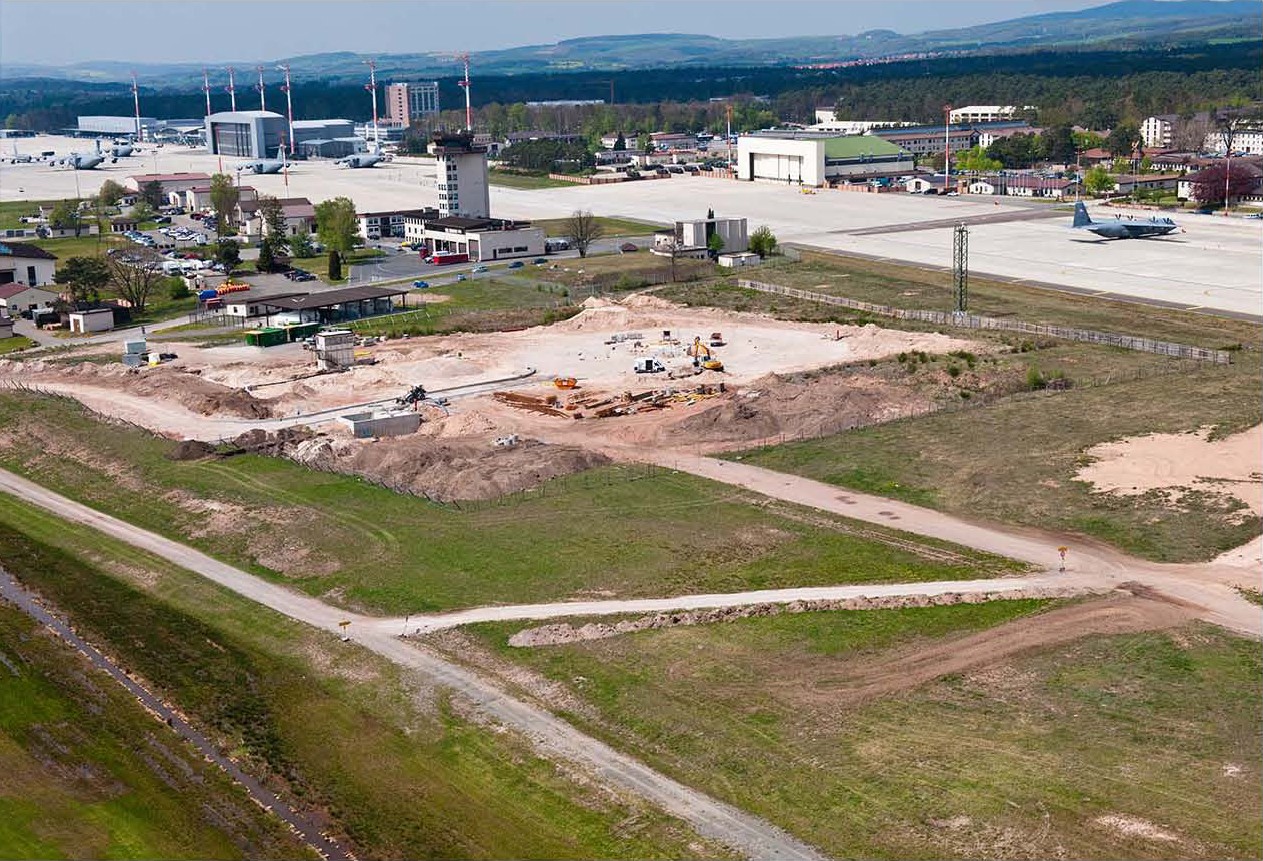
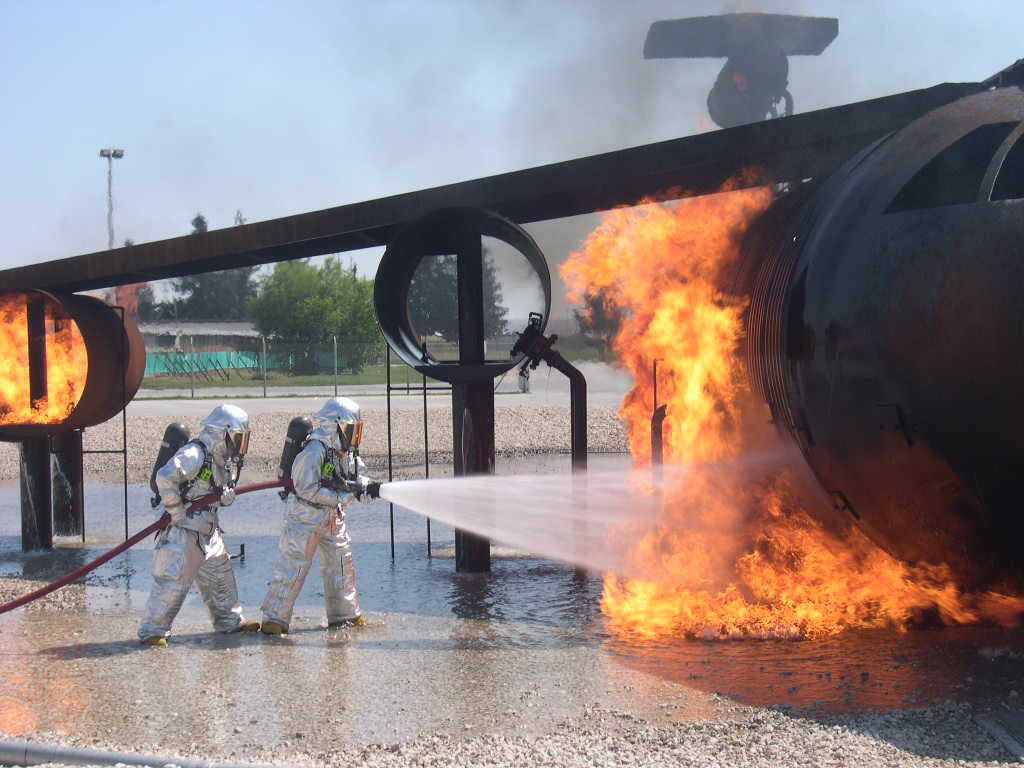
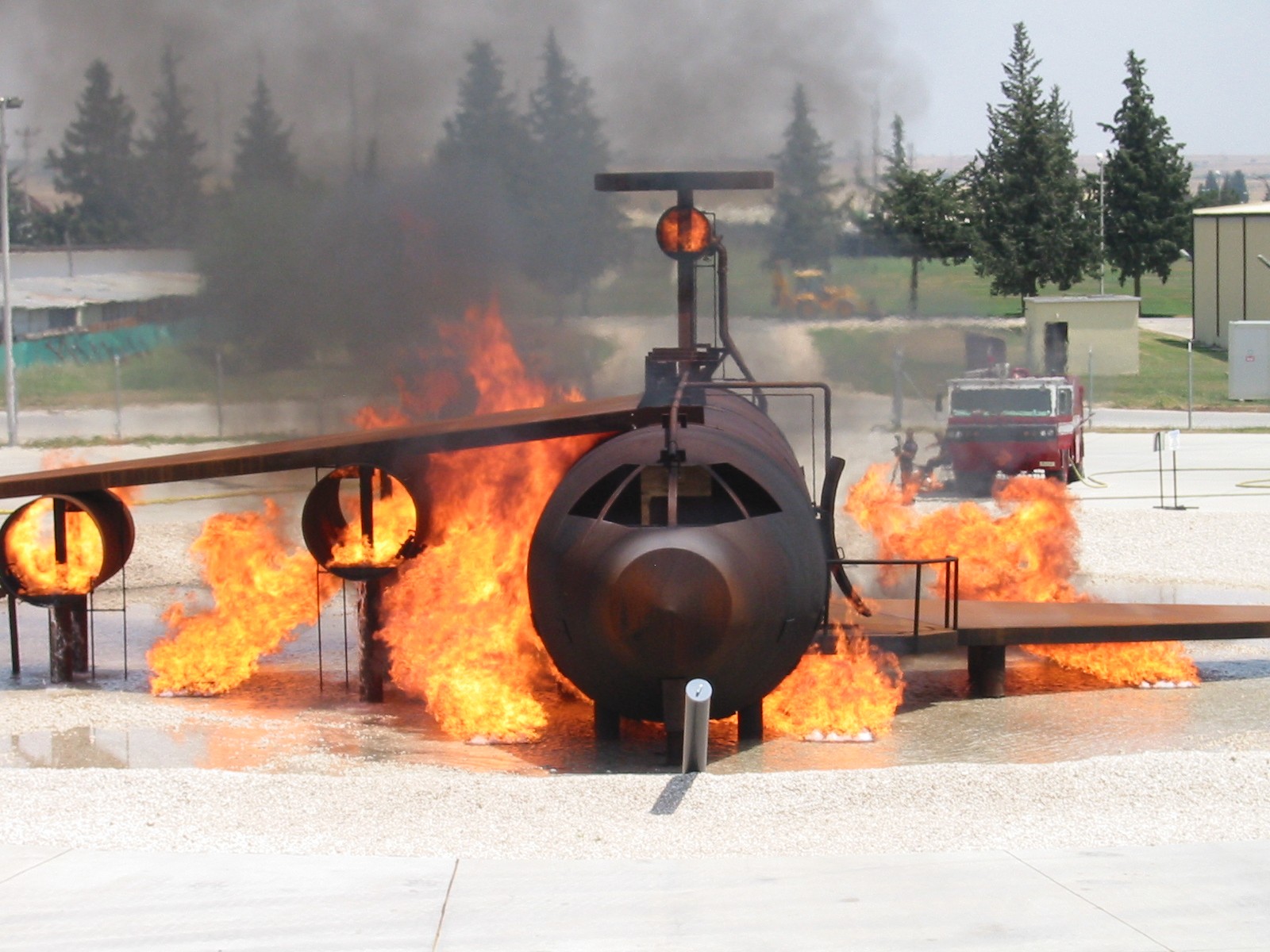
Social Sharing